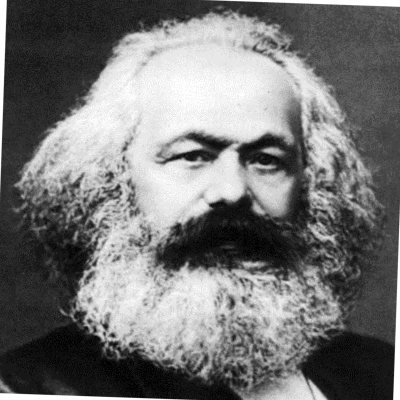Some questions for chapter 5:
- In C-C, what does either party gain/lose in terms of use-value and value, respectively? What about C-M-C?
- If all commodities are sold at N percent above their value, will surplus value be created, in an individual transaction or in general? Why or why not?
- If some commodities are sold above their value, will surplus value be created, in an individual transaction or in general? Why or why not?
